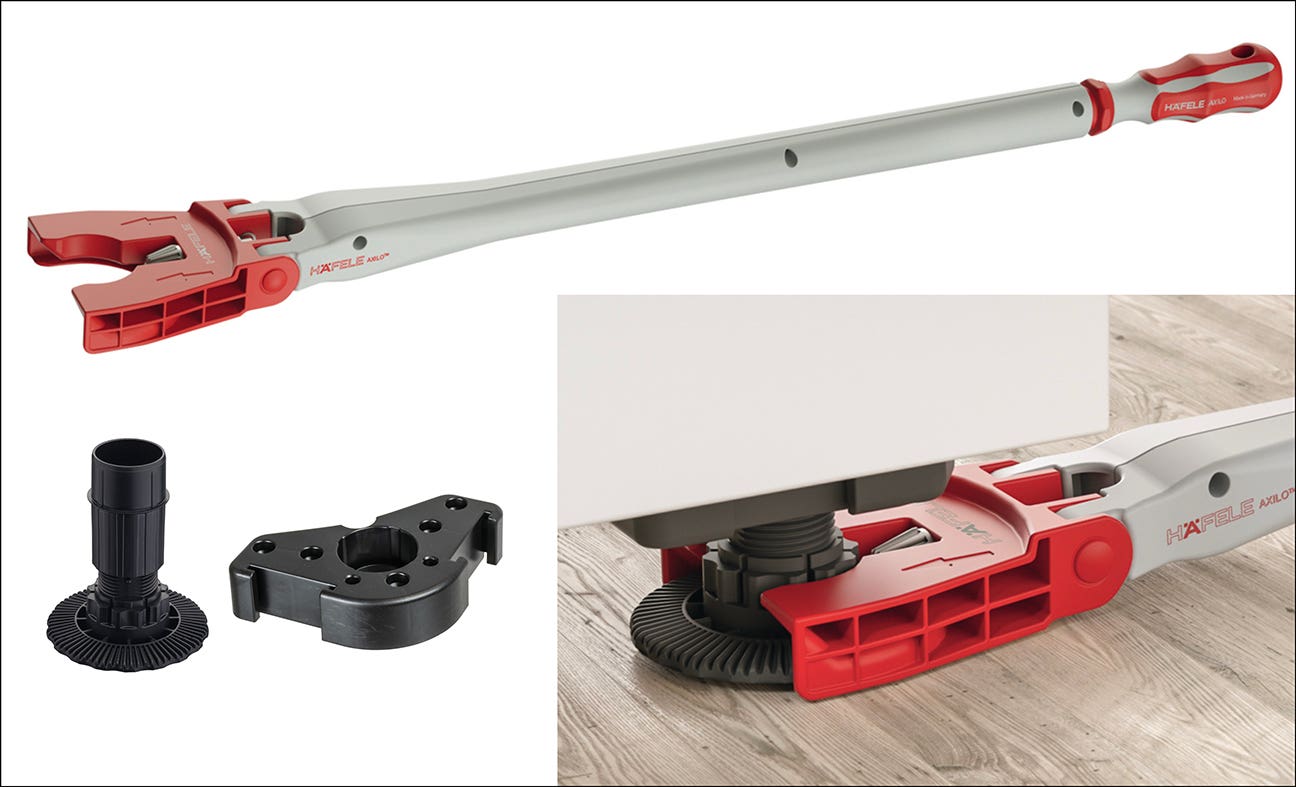The latest in the game
There’s new player in the loose tenon market. I’ve talked a couple times now about inexpensive jigs that turn a small router into a Festool Domino type tool. Available in…
There’s new player in the loose tenon market.
I’ve talked a couple times now about inexpensive jigs that turn a small router into a Festool Domino type tool. Available in a couple variations from different makers, the tools are innovative but not that easy or reliable to use. But you can’t keep a good idea down.
A new entry into the field isn’t quite as inexpensive as those but looks far more promising. The MortiseMate loose tenon jig from Kreg (unlike the others, probably the first company to offer these you’ve actually heard of) ups the ante with automatic controls, along with a support system of additional cutters and tenons.
It uses a standard drill, rather than a router. As with Kreg’s pocket hole systems, the drill itself doesn’t attach or interact with the jig, just the bit itself, so you can use any size or shaped drill. On the downside, it cuts a bit slower than routers, but with far less noise and more ease of handling.
With all the mortising jigs that mimic the Domino, operation is strictly manual – moving the router side-to-side for the mortise’s width, gradually increasing the mortise depth, etc. The only real control you have is stops for the width and depth, and setting these can be a tedious trial-and-error process.
The MortiseMate is still manual, but all the work is handled by the jig with an auto-indexing mechanism. With stops set, you cut the mortise width by moving the handle to one side. At the end of each stroke, the depth-of-cut steps down 1/16". A simple stop collar controls the depth. All you need to do is alternate that handle back and forth until you hit your depth.
The MortiseMate comes with a 6mm proprietary cutter, but additional 8mm and 10mm cutters are available. Likewise, floating tenons that closely resemble the Domino’s come in the same sizes.
This doesn’t appear to be a cheap tool, both quality and cost-wise (it goes for $299), but it looks far more capable. I’ve all but given up on the cheap jig I’ve talked about here. I think I’ll give this one a try. More to come.
A.J. Hamler is the former editor of Woodshop News and Woodcraft Magazine. He's currently a freelance woodworking writer/editor, which is another way of stating self-employed. When he's not writing or in the shop, he enjoys science fiction, gourmet cooking and Civil War reenacting, but not at the same time.







